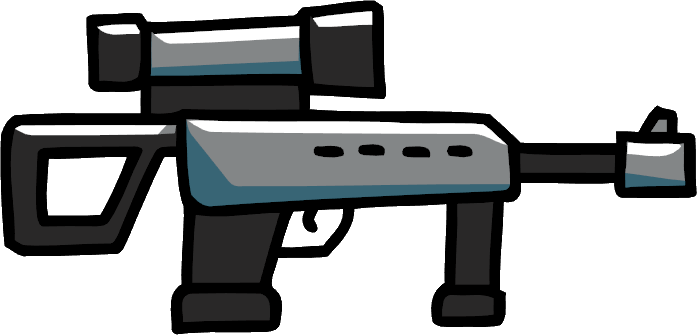

This greatly speeds subsequent live-fire zeroing. Boat-tail bullets have better long-range accuracy than other bullet designs.īODY ARMOR: Various kinds of vests designed to protect wearers against injury from fragmentation and small-arms fire.īORESIGHT: An optical device inserted in a rifle muzzle to tentatively zero a rifle scope by setting its crosshairs coaxial to the rifle's bore.

It should never be attached to the barrel.īOAT-TAIL BULLET: An aerodynamic bullet design shaped like a boat, with a pointed tip and gradually tapered to a flat base. 535!īALLISTICS: For purposes of marksmanship, knowledge of data concerning the trajectory, velocity, and energy of bullets.īEANBAG: An old sock or small cloth bag filled with a dry material, such as sand, and placed below a rifle butt's heel so it can be squeezed to lower or elevate the rifle for precise aiming.īIPOD: A two-legged support attached to the rifle forearm for better stability. 205, while the same weight 7.62mm boat-tail's coefficient is dramatically better, at. However, identical-weight bullets of the same size will have different ballistic coefficients if they are of different styles: a 180-grain 7.62mm round nose has a ballistic coefficient of. 484-meaning the heavier bullet will perform better at extended ranges. For instance, the Federal 55-grain 5.56mm BTHP rating is. The higher the rating- expressed in decimal points-the higher the bullet efficiency at long range. Although he's not out of danger, he has a much higher probability of surviving enemy counter-sniper fire.īALLISTIC COEFFICIENT: A rating system based on a bullet's weight, shape, and ability to retain velocity. (See Triangulation Detection Technique.)īACKSTOP: Any material through which your rifle's bullet will not pass, located behind your target's location so that bystanders, hostages, and other friendly forces will not be endangered by friendly sniper fire.īALLISTIC ADVANTAGE: A concept whereby a sniper should seek engagements only when he's at least 400 yards away from his quarry and beyond the effective range of enemy riflemen. Snipers should cover dismounted avenues of approach.īACK AZIMUTH DETECTION TECHNIQUE: A technique to identify an enemy sniper's position by inserting a cleaning rod or dowel into his bullet hole, noting the angle of trajectory to estimate the range, then recording its reverse azimuth to determine the direction from which the shot was fired. (See Primary Position and Supplementary Position.)ĪVENUE OF APPROACH (AA): A road, path, or open area across which the enemy could advance toward you, depending on whether he's mounted or dismounted. A sniper should have several alternate positions. "We did in fact hit it, but it took approximately 20 to 25 minutes of planning, thinking of everything we needed to do with calculations, with the readings.ALTERNATE POSITION: A backup position selected by a sniper to which he can displace and still shoot into his original sector of fire. "When I came through as a student at the course I am running now, my partner and I were shooting at a target at approximately 2,300 meters," Bernius said. "But when you are extending it to the extremes, beyond the capability of the weapon system, you have all kinds of different things to consider."Īt those longer ranges, a sniper has to rely a lot more on "hard math" than just shooter instinct.īernius, a Texas native who has deployed to Iraq and other locations across the Middle East, said that he made his most technically difficult shot when he was a student in the advanced sniper course, a training program for Marine Corps sharpshooters who have already completed basic sniper training. That's almost second nature," Bernius explained to Insider. "Shooting on the ground can be easy, especially when you are shooting 600 meters in or 1,000 meters in.


 0 kommentar(er)
0 kommentar(er)
